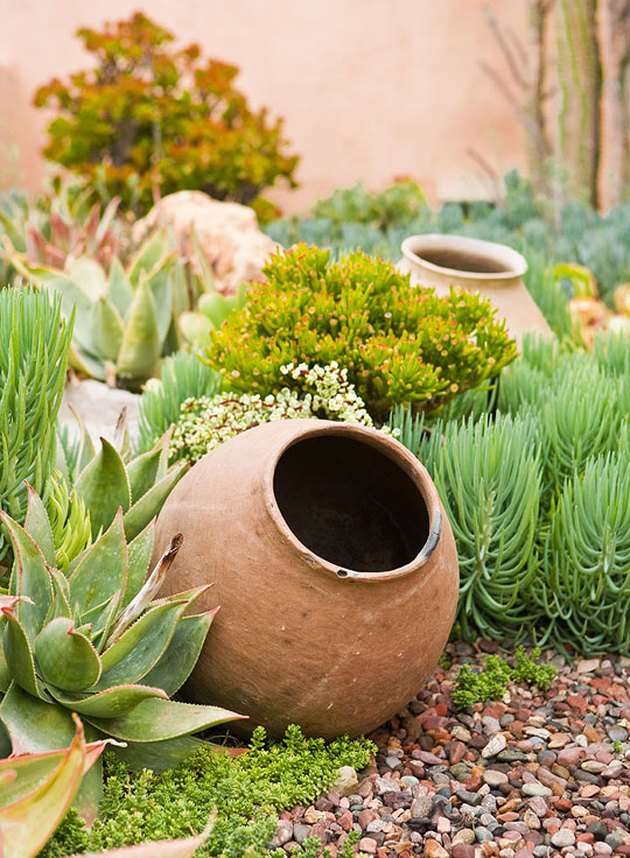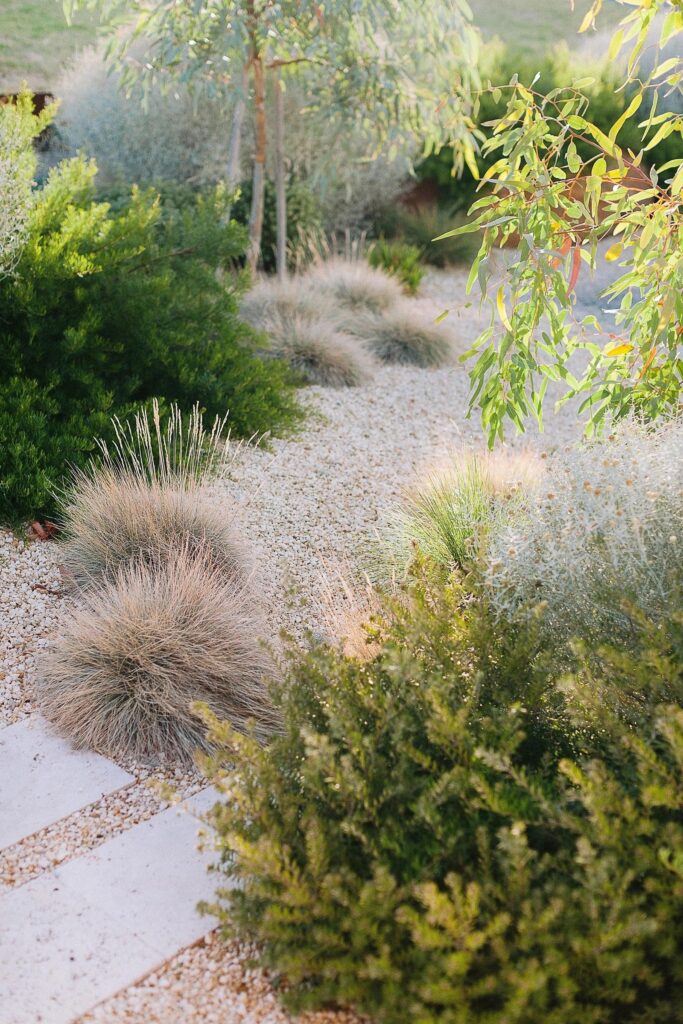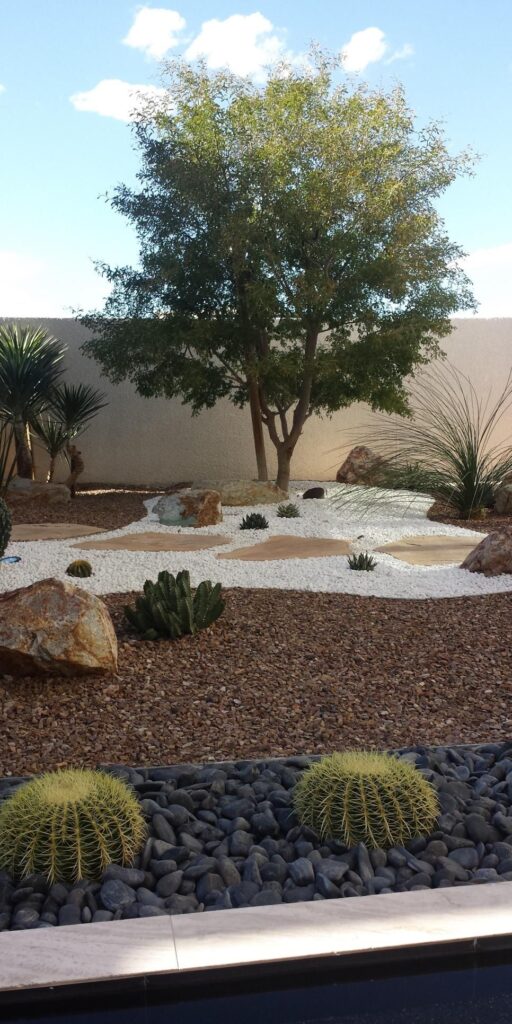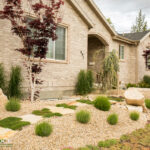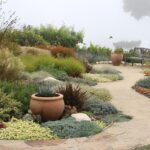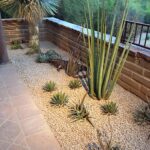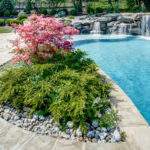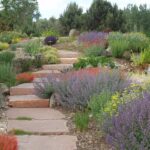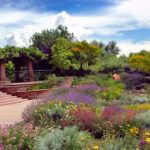Xeriscaping is a landscaping technique that focuses on creating a sustainable and water-efficient outdoor space. This method is gaining popularity in areas that experience water shortages and droughts, as it helps to conserve water and reduce maintenance requirements. Xeriscaping involves using native plants, rocks, gravel, and mulch to create a beautiful and environmentally-friendly landscape.
One of the key components of xeriscaping is choosing plants that are well-adapted to the local climate and soil conditions. Native plants are ideal for xeriscaping because they are naturally suited to the environment and require minimal water and maintenance. These plants are also more resistant to pests and diseases, making them a low-maintenance option for homeowners.
In addition to selecting the right plants, xeriscaping also involves proper soil preparation and irrigation techniques. By amending the soil with organic matter and mulch, homeowners can improve water retention and reduce the need for frequent watering. Drip irrigation systems are also commonly used in xeriscaping to deliver water directly to the plants’ roots, minimizing water waste and evaporation.
Another important aspect of xeriscaping is using hardscaping elements such as rocks, gravel, and mulch to add visual interest to the landscape. These materials not only reduce the need for water but also create a low-maintenance and drought-tolerant outdoor space. Additionally, rocks and gravel can help to prevent erosion and control weeds, further enhancing the sustainability of the landscape.
One of the main benefits of xeriscaping is its ability to save water and reduce utility bills. By conserving water and minimizing irrigation, homeowners can lower their water usage and reduce the overall cost of maintaining their outdoor space. Xeriscaping can also increase property value, as it is considered a sustainable and eco-friendly landscaping option that appeals to environmentally-conscious buyers.
Overall, xeriscaping is a practical and sustainable landscaping technique that offers numerous benefits for homeowners and the environment. By incorporating native plants, proper soil preparation, and hardscaping elements, homeowners can create a beautiful and water-efficient outdoor space that requires minimal maintenance. With the growing concern over water shortages and climate change, xeriscaping is becoming an increasingly popular choice for homeowners looking to create a sustainable and environmentally-friendly landscape.
